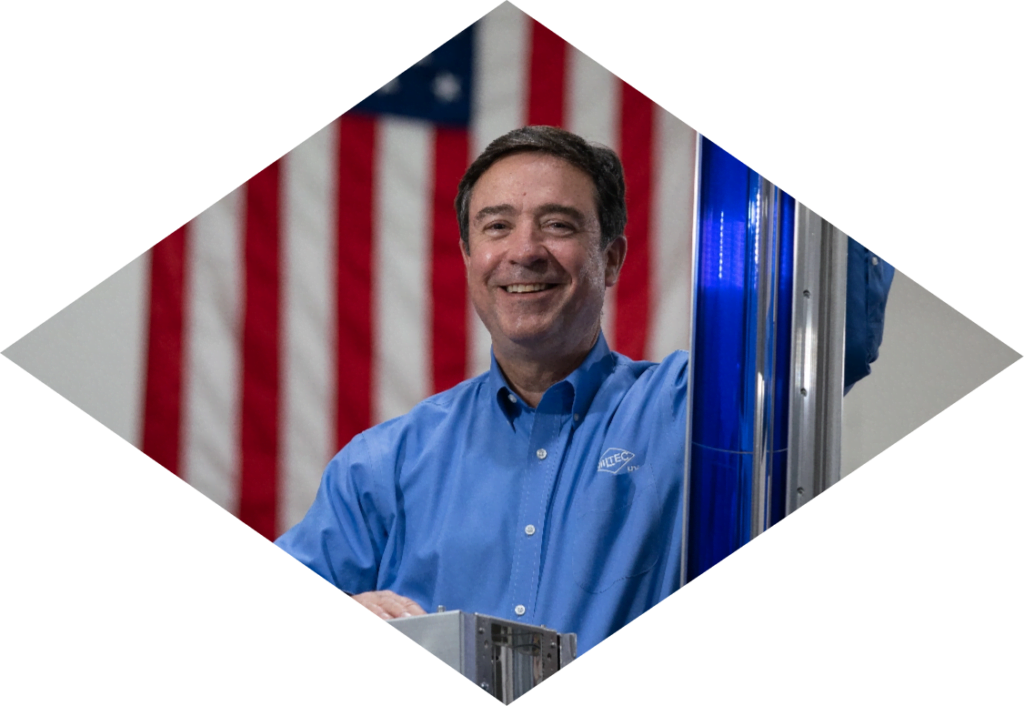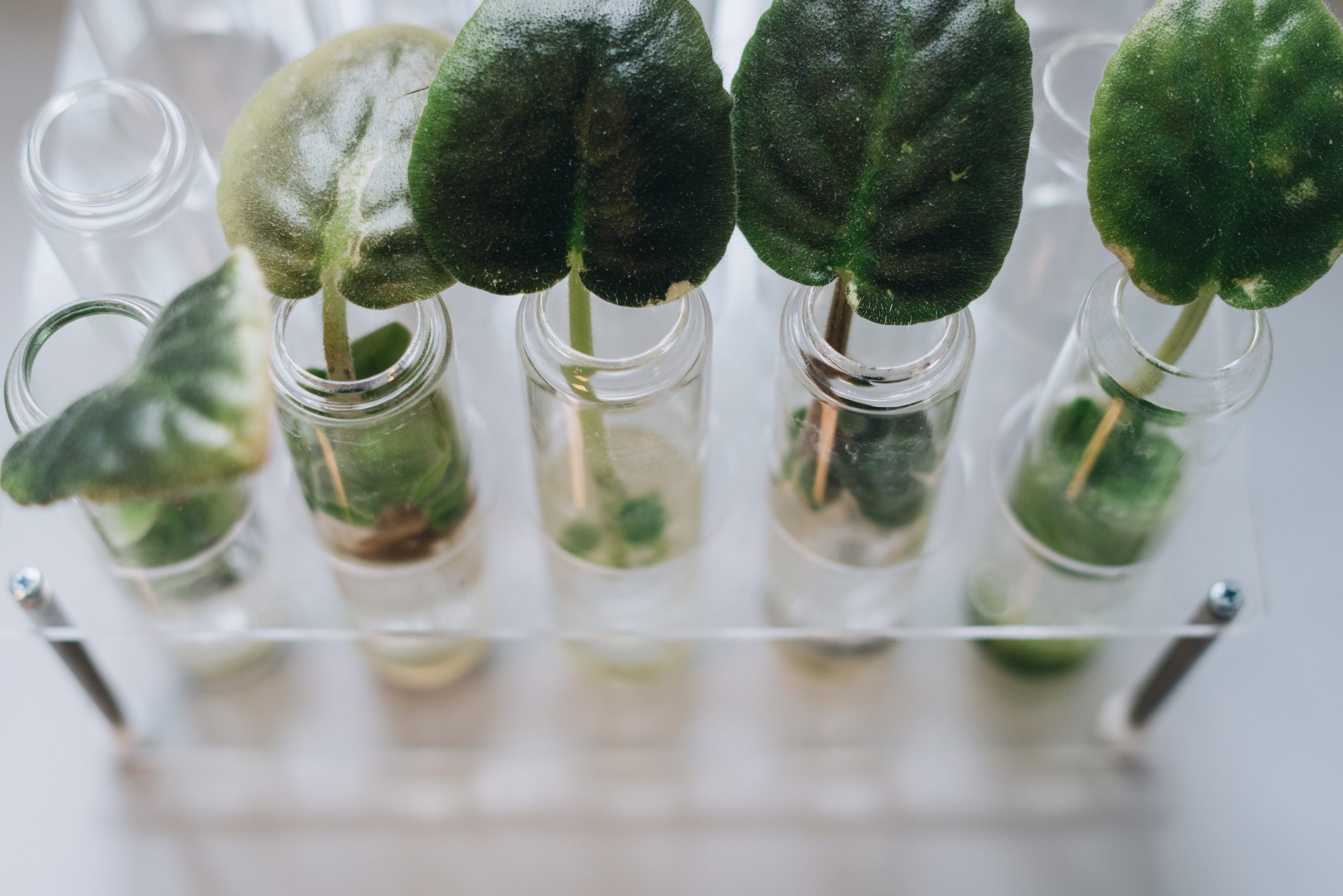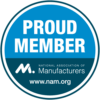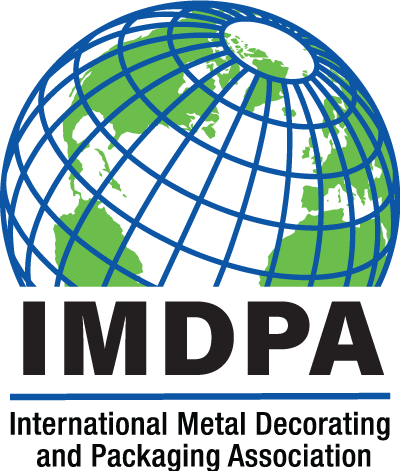N-Methylpyrrolidone, also known as N-Methyl-2-Pyrrolidone or NMP, is a colorless chemical solvent having a high boiling point, a high flash point, and a low vapor pressure. In many production processes, these characteristics are highly desired and made NMP a widely used solvent in the petrochemical and plastics industries, as well as in manufacturing.
NMP is also used in the manufacturing of many consumer products, including pigments, cosmetics, insecticides, herbicides, and fungicides. NMP can be found in most homes and is used in some nail polish removers, hair dyes, mascaras, inkjet printer inks dyes, and arts and crafts products. It is found in many paints, floor cleaners, adhesives, herbicides, and pesticides.
NMP’s strong solvency as a water-miscible organic solvent has led to its use as a surface treatment for textiles, resins, and metal-coated plastics, as well as a paint stripper. It’s a multipurpose cleaning agent that’s employed in the semiconductor manufacturing process as well as the electrode coating process in lithium-ion battery manufacture.
Commercially, one of the largest applications of NMP is in the coating of electrodes to manufacture lithium-ion batteries. A typical cathode manufacturing line uses the polymer polyvinylidene fluoride (PVDF) dissolved in NMP mixed with carbon and active material to make a slurry that is applied to the current collector with slot die coater. The entire process is costly, impactful to the environment and requires a lot of energy.
The Rising Risks of NMP
NMP has been used as an industry standard solvent for a variety of applications for many years. With greater awareness of the chemical, its toxicity and its potential damage as an air pollutant that must be recovered and recycled, NMP has been removed from the manufacture of many products and is even being outlawed in some countries’ production processes.
NMP has been removed from the manufacture of many products and is even being outlawed in some countries’ production processes.
NMP is most commonly absorbed through the skin. Many of these products have various percentages of NMP present, which influences the potential irritability of the product. Items with low percentages of NMP are less likely to have a harmful effect on consumers; however, it is still recommended to avoid products with NMP.
NMP exposure can cause a variety of health problems. The Environmental Protection Agency (EPA) classifies NMP as a developmental toxicant, which is a toxin that interferes with growth, development, and behavior because of an injury to the environment. NMP can irritate the skin and eyes, as well as irritate the lungs and respiratory system, making breathing difficult. NMP exposure can potentially harm the kidneys and liver, as well as produce neurotoxicity and reproductive toxicity. Any exposure to NMP by pregnant women or women who may become pregnant can cause fetal development difficulties, including decreased fetal weight and possibly death.
OSHA, the US Occupational Safety and Health Administration for the US government limits worker exposure to NMP exposure to 10 ppm (parts per million) in an eight-hour day. Likewise, the state of California sets the Permissible Exposure Limit (PEL) at 1 ppm or 4 mg/m3. Since it is readily absorbed through the skin, workers exposed to NMP must have a level of NMP below 100 mg/L in their urine tested immediately after their shift. All of this information can be found on the chemical’s SDS (Safety Data Sheet), which is generally accessible on the internet, but must be supplied by the manufacturer to any customer. The chemical industry designates the CAS number 872-50-4. It is much easier to search for safety data using the CAS number.
The GHS (Globally Harmonized System) classifies NMP on a comparative safety scale (4 is mild to 1 extremely dangerous) as:
- Flammable liquids (Category 4) H227 Combustible liquid.
- Skin irritation (Category 2) H315 Causes skin irritation
- Eye irritation (Category 2A), H319 Causes serious eye irritation.
- Reproductive toxicity (Category 1B), H360 May damage fertility or the unborn child
- Specific target organ toxicity – single exposure (Category 3),
- H335 May cause respiratory irritation
Safe, Clean and NMP-free Alternatives
While companies are experimenting with NMP-free alternatives in Li-ion battery production, much of the solutions continue to involve the use of long, energy sucking thermal drying ovens. Expert in UV technology for over thirty years, Miltec has spent the past twenty years developing patented cathode binder chemistries that are formulated to instantly dry under high intensity UV light. This process eliminates the need for the costly NMP solvent recovery process and reduces the environmental footprint.
A UV manufacturing system costs 1/10th or less than that of a thermal drying system that uses NMP (with PVDF). While it is not a solvent free process, the solvents used do not require the expense of capture and recovery, and they evaporate much faster than NMP. Since there is no NMP present in Miltec UV binders, employees involved in the production process work in a much safer environment.
Visit Miltec UV’s Battery website to learn more.





 简体中文
简体中文 Nederlands
Nederlands English
English Français
Français Deutsch
Deutsch हिन्दी
हिन्दी Italiano
Italiano 日本語
日本語 한국어
한국어 Português
Português Русский
Русский Español
Español ไทย
ไทย